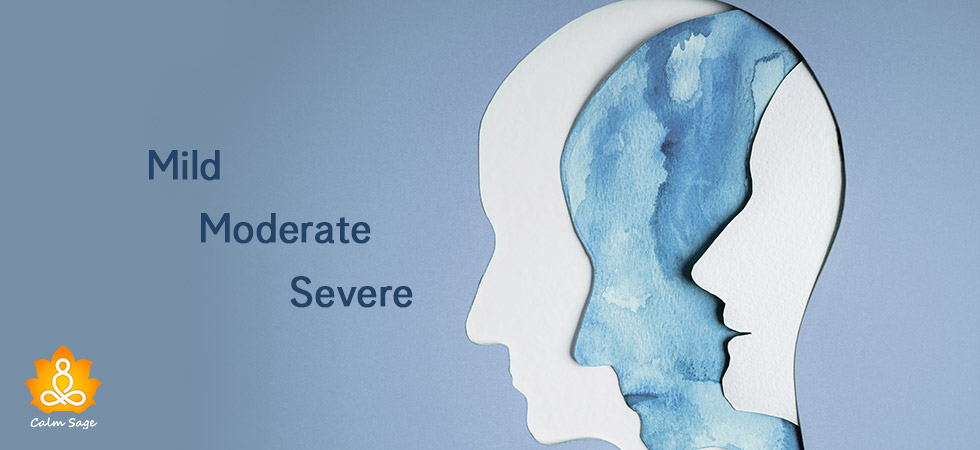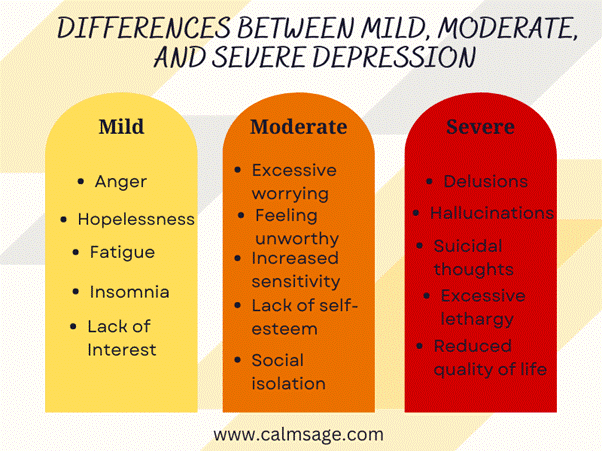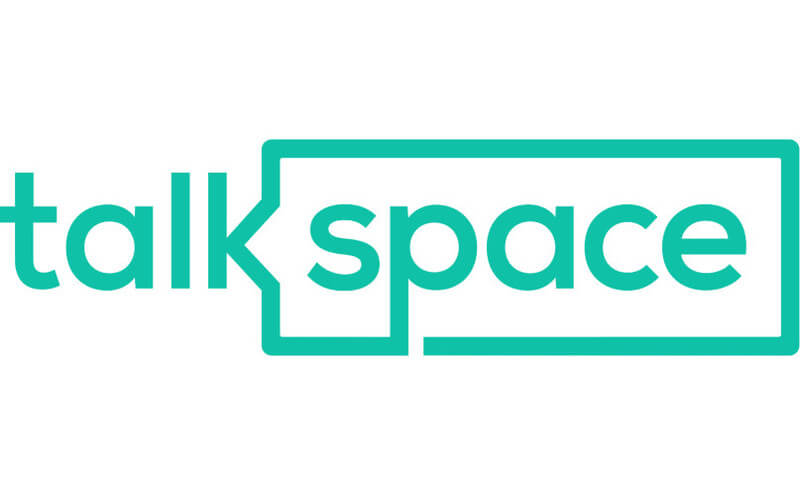Understanding Depression Based On Severity: Differences Between Mild, Moderate, And Severe Depression

We often feel low, moody, or anxious… but that clearly does not show that we’re depressed! Depression is a mental health condition that requires proper diagnosis and treatment. Depression is not only about feeling sad but it is accompanied by various symptoms like irritation, hopelessness, self-loathing, and more. Undiagnosed or untreated depression can progress with time from mild to severe.
The fact is that depression is not the same for everyone, it can hit differently to everyone, some people might struggle with mild depression or some might struggle with chronic, severe, or clinical depression based on its severity, cause, symptoms, and more.
Psychologically, there are three general classifications of depression that can affect an individual’s life differently. In this blog, let us understand the different types of depression based on their severity along with their differences. So, let’s get started!
Depression and Its Classification
According to the Diagnostic and Statistical Manual of Mental Disorders 5th Edition (DSM-5), depression comes under mood disorders which can be classified through continuous loss of interest or feelings of sadness.
Depression is the strong or intense feelings of sadness that directly affects the way we think, feel, or behave. Such feelings can result in various physical and mental health problems. According to psychology, depression can be classified as mild, moderate, or severe.
Classification of Depression:
This classification is based on severity, symptoms, occurrence, and other important factors. There are different types of depression that cause a spike in severity. Some people believe that the severity of depression is based on the stages of depression, well that’s not true because depression is not the same for everyone and hence, we cannot classify depression under different stages.
It’s quite useful to understand depression on the basis of severity, occurrence, and progressing symptoms like helplessness, anxiety, guilt, grief, self-doubt, self-blame, restlessness, and pessimism. Let’s understand the common signs of depression in the next section to explore the differences in an effective way.
Common Signs of Depression
Now that we have classified depression based on severity, it’s important to understand common signs of depression that vary from person to person.
1. Appetite Changes
The severity of depression highly depends on the changes in appetite. Some people start eating more food as a coping mechanism while some lose their complete appetite. These changes are also associated with weight loss or weight gain.
2. Negative Thinking
Negative thinking is one of the common signs and symptoms of depression which is accompanied by intrusive, disruptive, and challenging thoughts. These thoughts are also based on their severity and they may range from their appearance, relationship styles, behaviors, or work. Additionally, negative thinking is progressive in nature if not managed on time.
3.Self-Blame
Self-blame or self-guilt are the other common signs of depression which revolve around dwelling over past mistakes or blaming yourself continuously for everything. When self-blaming or self-guilt goes beyond control, it may impact the overall quality of life and can be accompanied by feelings of failure, helplessness, or unworthiness.
4.Sleep Changes
People with mild, moderate, and severe depression deal with difficulty in sleeping or sleeping pattern changes. Sleeping difficulties or changes vary from person to person. Some people might develop insomnia while some start sleeping excessively. Additionally, feelings like restlessness, sadness, or hopelessness make proper sleeping more difficult.
5.Suicidal Thoughts
Frequent suicidal behaviors or thoughts are common in people with depression. Not everyone experiences this, but these feelings can be progressing and unwanted. In such cases, connecting with a crisis helpline or calling to 988 Suicide helpline is recommended.
Difference Between Mild, Moderate, And Severe Depression Based on Symptoms

Below listed are some of the common signs of depression derived from mild, moderate, and severe depression:
Mild Depression
- Anger
- Changes in appetite
- Irritation
- Hopelessness
- Fatigue
- Feelings of despair or guilt
- Insomnia
- Lack of concentration or focus
- Loss of interest
- Lack of motivation
- Reckless behavior
- Self-loathing
- Weight changes
Moderate depression
- Difficulties in personal and professional life
- Excessive worrying
- Feeling unworthy
- Increased sensitivity
- Lack of self-esteem
- Reduced productivity
- Social isolation
Severe Depression
- Delusions
- Hallucinations
- Excessive lethargy or fatigue
- Suicidal thoughts and behavior
- Reduced quality of life
Seeking Help
Based on the severity of depression, if you think you or your loved one might be struggling with depression, connect with a mental health professional to get the right diagnosis and support. For proper treatment, reach out to a therapist or counselor. Since, undiagnosed, and untreated can be progressing, it’s always better to take a step forward.

Great for a large network of licensed therapists
-
$60 to $90/week, billed every 4 weeks
-
Therapy via messaging, phone, or live video chat
-
Flexible cancellation at any time
20% off your first month

Great for CBT Based therapists
-
$40/week, billed every 4 weeks
-
Therapy via messaging, phone, or live video chat
-
Specialization for CBT based Therapy
20% off your first month

Best for Treatment Plants
-
$60 to $90/week, billed every 4 weeks
-
Therapy via messaging, phone, or live video chat
-
Flexible cancellation at any time
$100 off your first month with code SPACE
In case of suicide or self-harm, call local emergency services or connect to National Suicide Prevention Lifeline at 800-273-8255.
I hope this blog helps you understand the differences between mild, moderate, and severe depression. For more such content, connect with us through all social media platforms.
Thanks for reading!




















